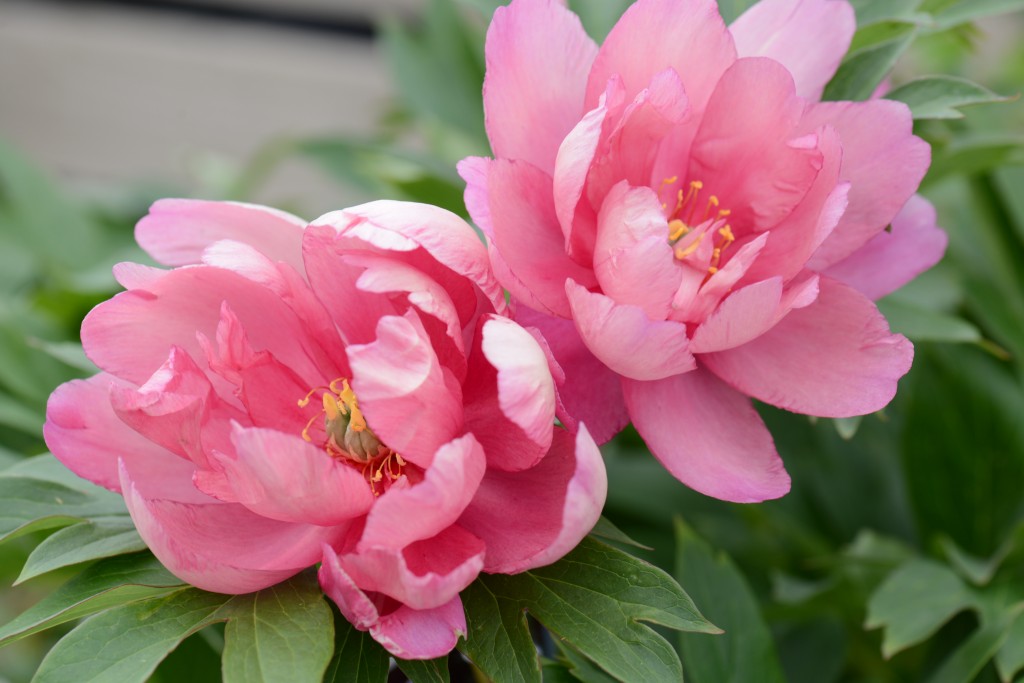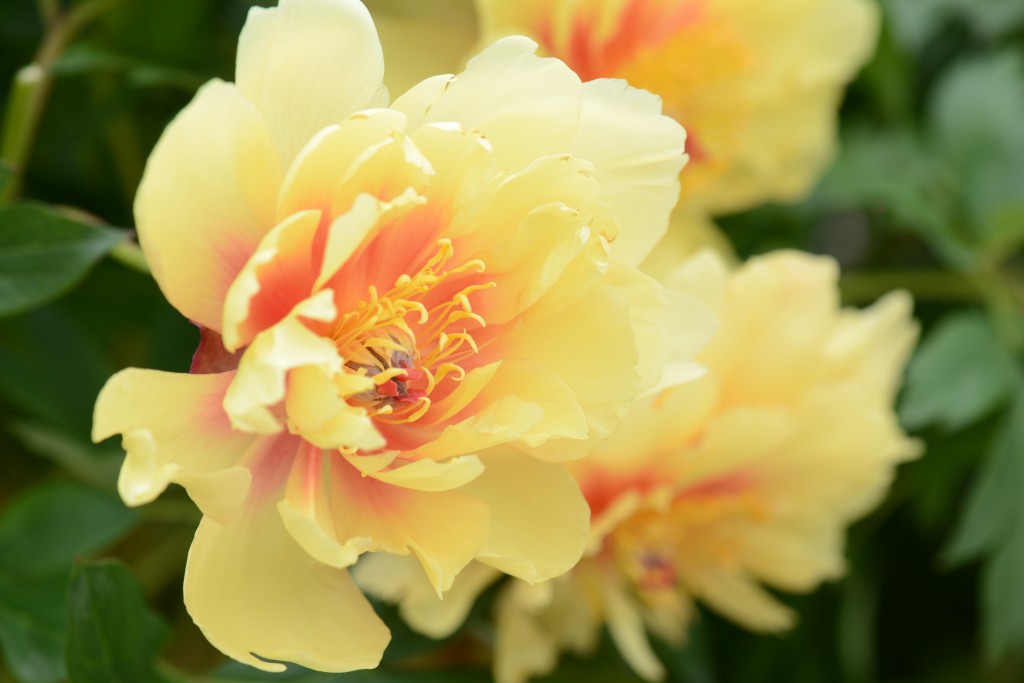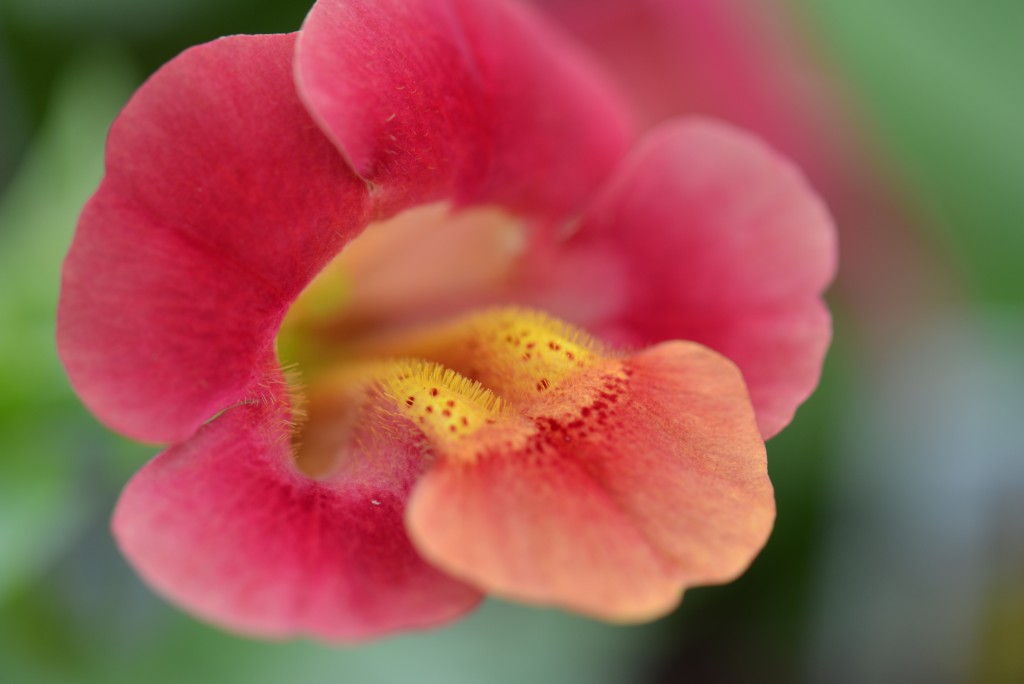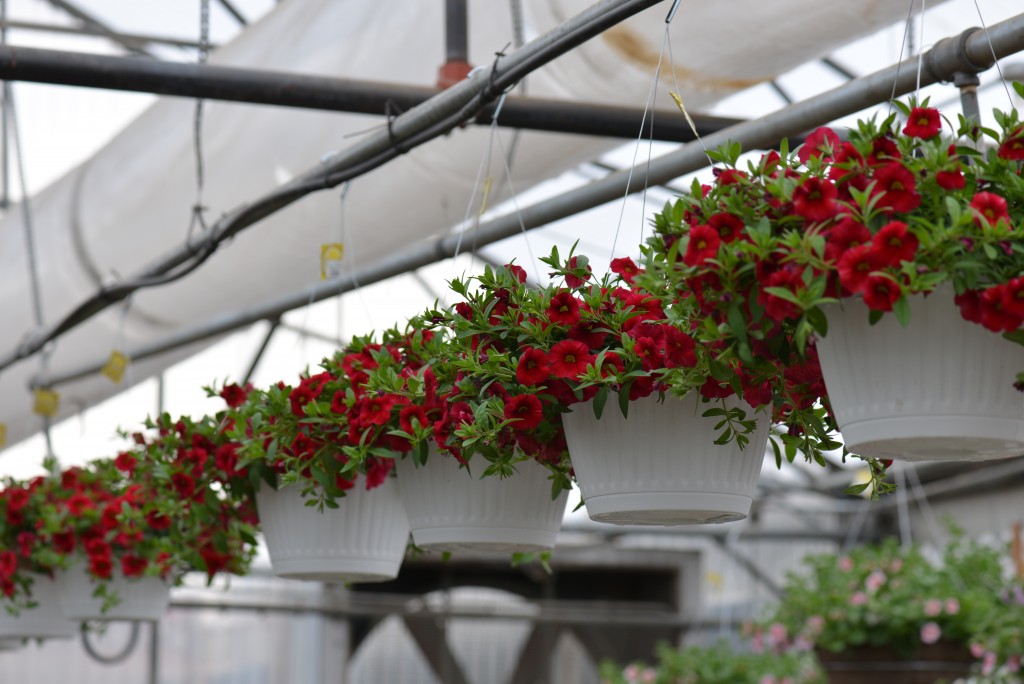This time of year we are all so enamored by flowers that it’s easy to overlook the value of colorful foliage in the garden. Colored leaves come in many hues, from shades of purple-reds to bright chartreuse greens to shades of orange. I’m not talking about fall color, here. These colorful leaves can be enjoyed all summer in their bright hues. Colorful foliage makes container gardens stand out from the crowd. In perennial beds, colorful leaves can provide beauty when plants are between bloom cycles. Colorful trees and shrubs stand out against the customary hues of green, becoming focal points of the garden.
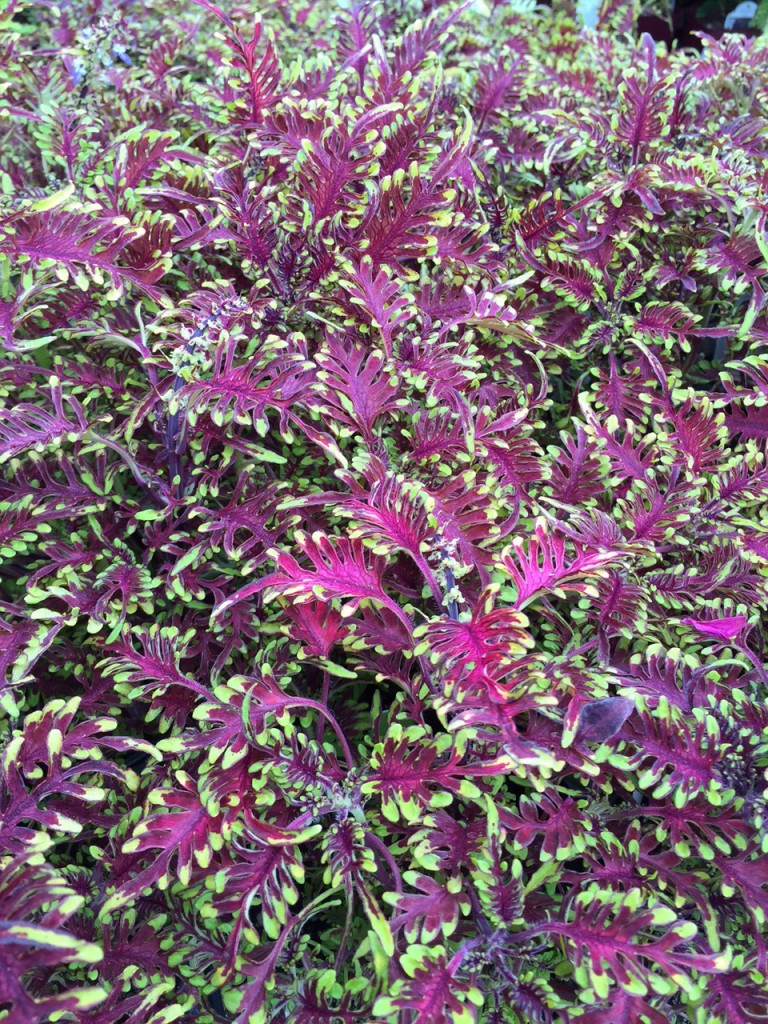
Under the Sea Coleus, from Hort Couture Plants, is a favorite for container gardens. They come in several color combinations and sizes from tall to small. Each is unique in the world of coleus. All perform well in sun to part sun, in our Colorado climate. Small leaved varieties sail through the heat of summer. Large leaved cultivars, like “King Crab” will benefit from some shade in the afternoon.
Most people don’t think about trees being colorful unless it’s fall. There are, however, quite a few that shouldn’t be overlooked.

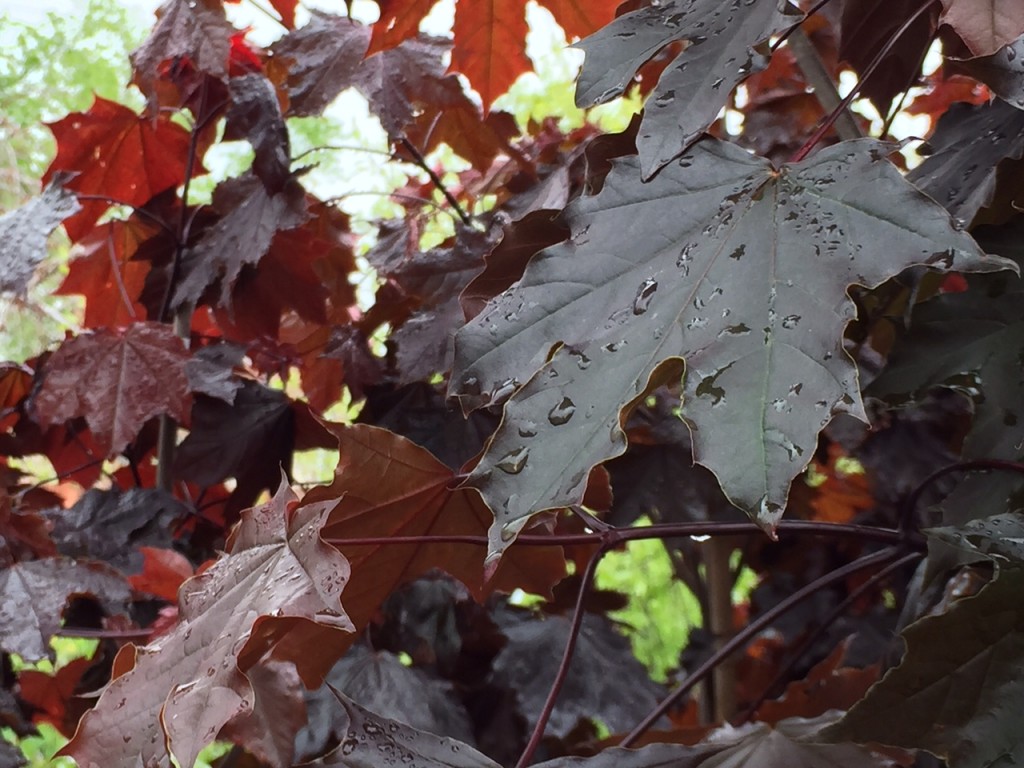
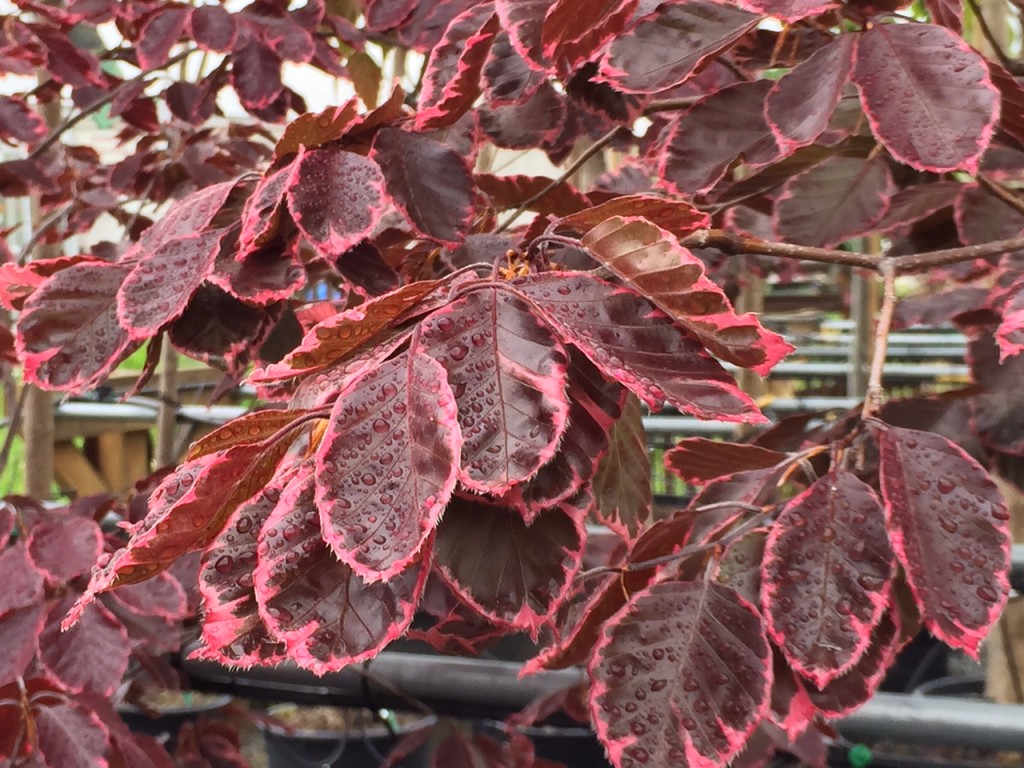
If landscapes had a sense of fashion, then dark leaved plants would be the “little black dress”. They are always in style and every garden should have at least one in the wardrobe. Japanese maples provide interesting structural form and many have colorful leaves that will turn a shady area into a mystical garden.
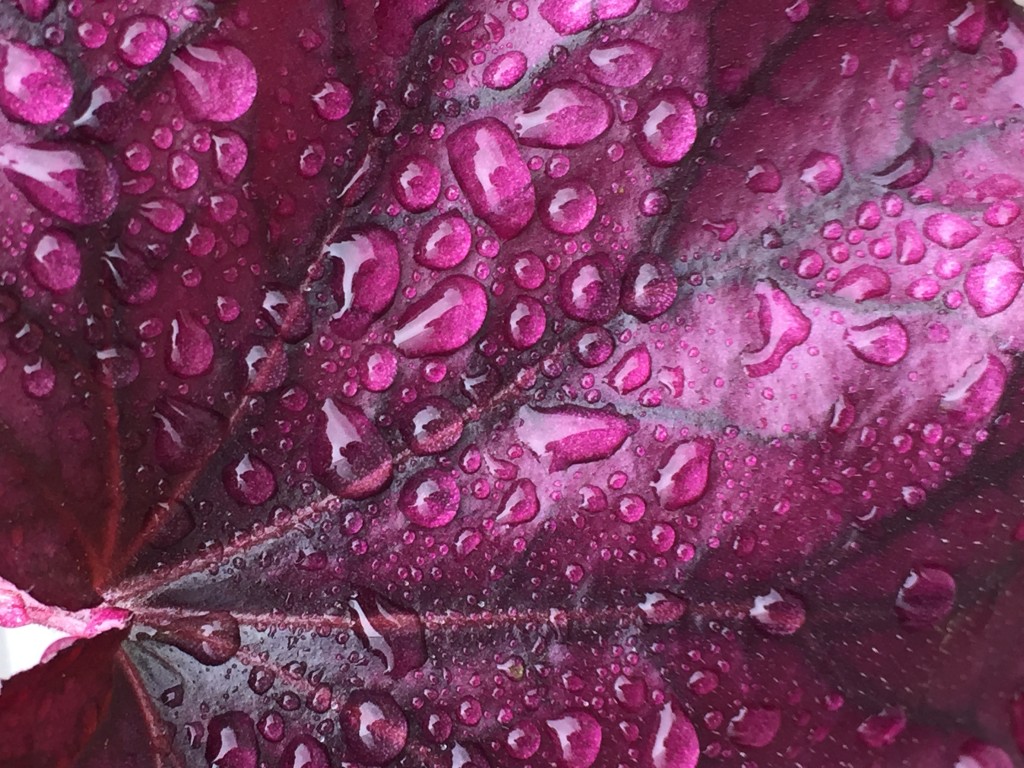
Heuchera is the coleus of perennials. Every year, more new cultivars are introduced. Most are relatively compact, making it easy to add them to existing garden beds or container gardens.
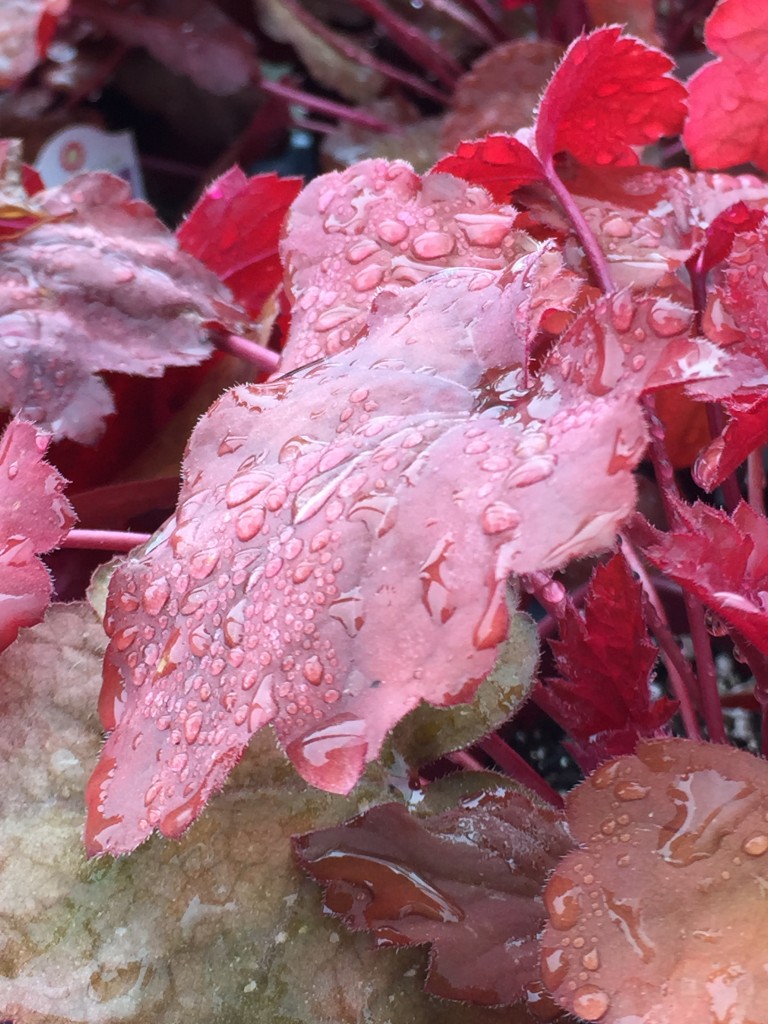
Barberry are among the most versatile, sun-loving shrubs for Colorado. They come in multiple sizes and shapes. Most have colorful leaves, ranging from bright red/orange to lemony greens. Tiny or tall, there’s so many shapes and sizes, it’s difficult to choose. Their thorns make them less suitable for areas where people may brush against them. That said, those thorn make them a great choice as a deterrent when planted around a home’s foundation, under windows. Their berries provide food for birds and their density provides shelter.
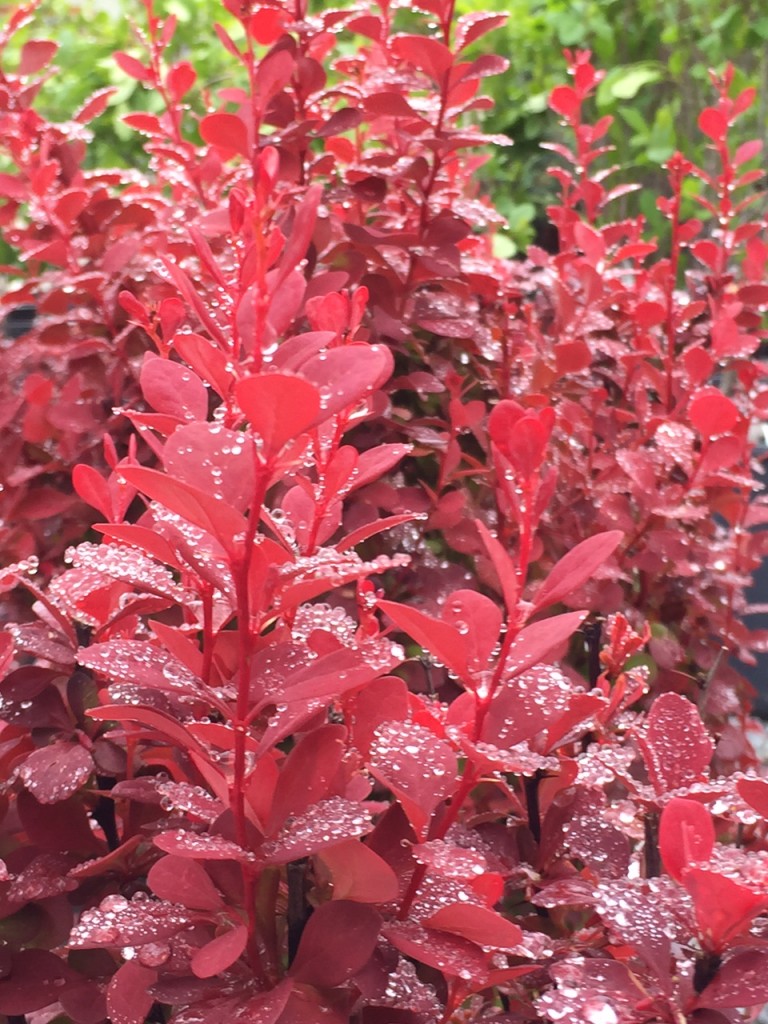
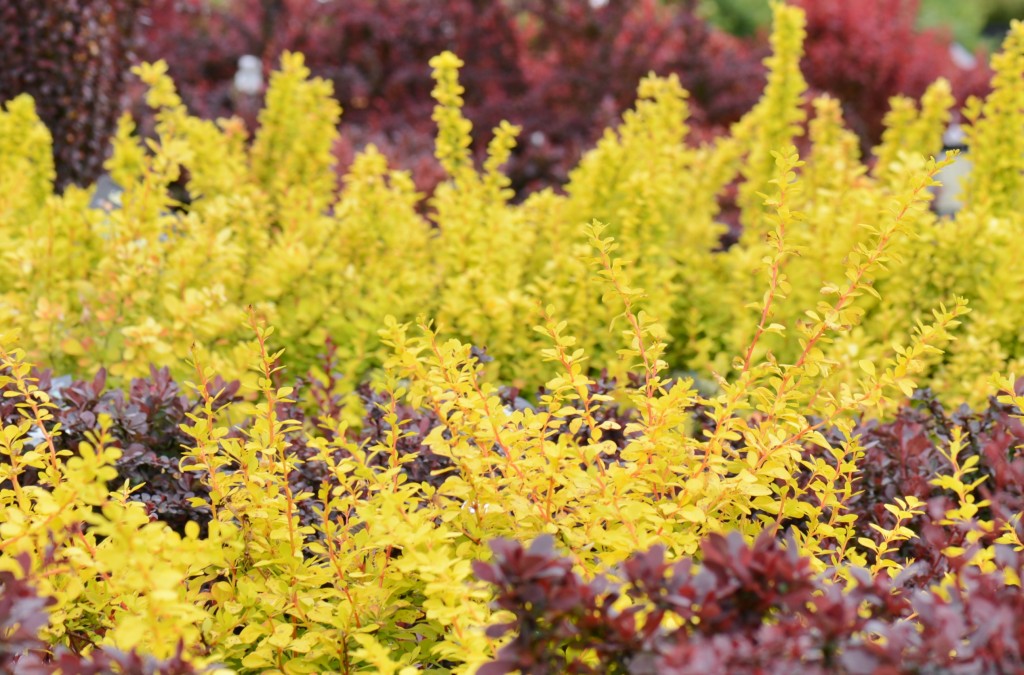
Evergreens, in both tree and shrub forms, are hardy additions to Colorado gardens. They thrive in full sun and manage to look fabulous despite our arid late summer conditions. They take wild temperature swings in stride, making them ideal in a climate with more than 40 freeze/thaw cycles each year.

Say the word “juniper” and some people cringe, thinking of prickly shrubs filled with spider webs. Today’s junipers come in many textures and sizes. Some are great for use as low growing shrubs. Others, like the one pictured, are drama queens, with soft needles and dense branching.
There’s more than one way to enjoy a colorful garden. So try some colorful leaves in your garden and see how dramatically they change the look of your landscape.
